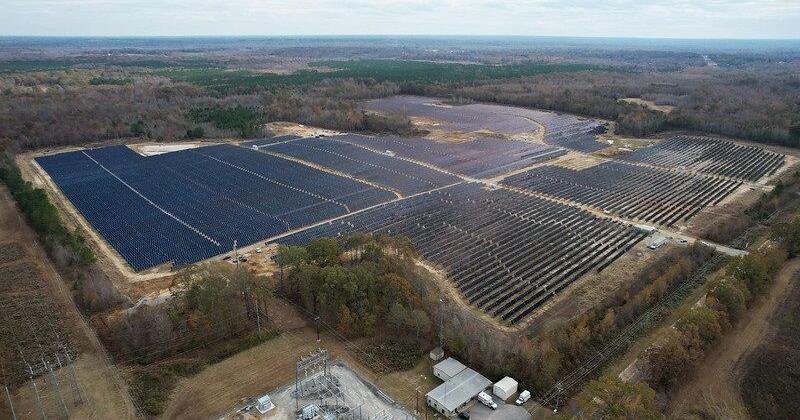Most of us know zilch about how our electricity bills get cooked up by Regional Transmission Organizations (RTOs) like PJM or MISO. Together, these organizations manage the electricity for more than 100 million people in the Midwest and Eastern U.S.. These grid managers run the show, deciding which power plants – coal, gas, nuclear, or those darling wind turbines and solar panels – get to light your home, and what they get paid to provide us with electricity.
Here’s the kicker: the way they buy electricity is so absurd it’d make a used car salesman blush. RTOs use a “pay-as-clear” system, where generators bid their lowest price to get picked, then all providers get paid the highest accepted bid. Imagine hiring multiple painters to paint your house, picking the cheapest ones, then paying them all the price of the guy who charged the most. Madness, right?
This pay-as-clear nonsense is why your electric bill is climbing faster than a squirrel up a pole. In PJM’s 2024 auction, capacity prices hit $269.92/MW-day, a tenfold jump from $28.92/MW-day in 2023, and a 22% jump from last year, costing $14.7 billion.
Why?
Surging demand from data centers and the premature shutdown of reliable coal and gas plants. These premature shutdowns are caused by subsidized wind and solar, intermittent and unreliable, because they bid low with taxpayer subsidies and no fuel cost. They are chosen first.
Even though intermittent electricity isn’t as valuable as on-demand electricity, the rules prioritize it, and because of bidding rules, they reap windfall profits. They get paid the highest price and are chosen first, displacing on-demand power.
We need enough on-demand generation to keep the lights on all the time, because we can’t count on wind and solar to meet demand all the time, we pay for full-time electricity generation and part-time wind and solar, further driving up our cost. In the same way that owning a third and fourth intermittent part-time car would drive up your car costs.
If supply doesn’t precisely meet demand, shortages, high prices and blackouts occur.
With this system there are no savings whatsoever from wind and solar. Instead, they increase costs, while we are repeatedly told they are the cheapest forms of electricity.
Worse, adding more wind and solar power makes the prices of reliable electricity more expensive, because they displace and take away market share from the reliables. The on-demand generators must charge more for each electron they sell, because they are selling less. They then bid higher, and everyone’s prices go up. Wind and solar corporations make even more money, and we pay more for electricity.
California, the green poster child, pays 31.23 cents per kWh, nearly double the national average of 16.88 cents (EIA, May 2025). Switching to a pay-as-bid system, where each generator gets their actual bid price and stop adding wind and solar, will stop this insanity and save ratepayers a bundle.
Pay-as-bid would cut costs significantly, potentially saving hundreds of billions for electricity customers. No other industry pays the highest price to all.
Sure, generators might bid strategically, but competition would keep them honest – unlike now, where they’re laughing all the way to the bank. Pay as bid would require wind and solar to bid honestly, their real cost-plus profit and run the risk of not being chosen. It is time to end their free ride on the backs of reliable power. By displacing it, they are driving our costs higher.
The green agenda’s push for wind and solar, propped up by $1.2 trillion in Inflation Reduction Act subsidies partially rolled back by the Big Beautiful Bill, worsens the mess. These renewables, with their coal-fired steel, diesel-mined components, and Chinese manufactured primarily using coal, aren’t “zero-carbon” (sorry, Gavin Newsom) and need costly gas backups when the wind dies.
Oops, I slipped. Wind and solar are like a relief pitcher that can only back up the starting pitcher when the sun shines or the wind blows. Just 20% and 32% of the time, respectively. Calling your primary pitcher or primary on demand natural gas, coal, and nuclear back up for the intermittent wind and solar is clever marketing and the misuse of the English language.
It’s time RTOs like PJM and MISO ditched this pay-as-clear racket. FERC should greenlight a shift to pay-as-bid, forcing generators to compete on real costs, not game the system. Let’s stop overpaying for power and prioritize affordability and reliability. Your wallet and the grid deserve better than this rigged circus.


